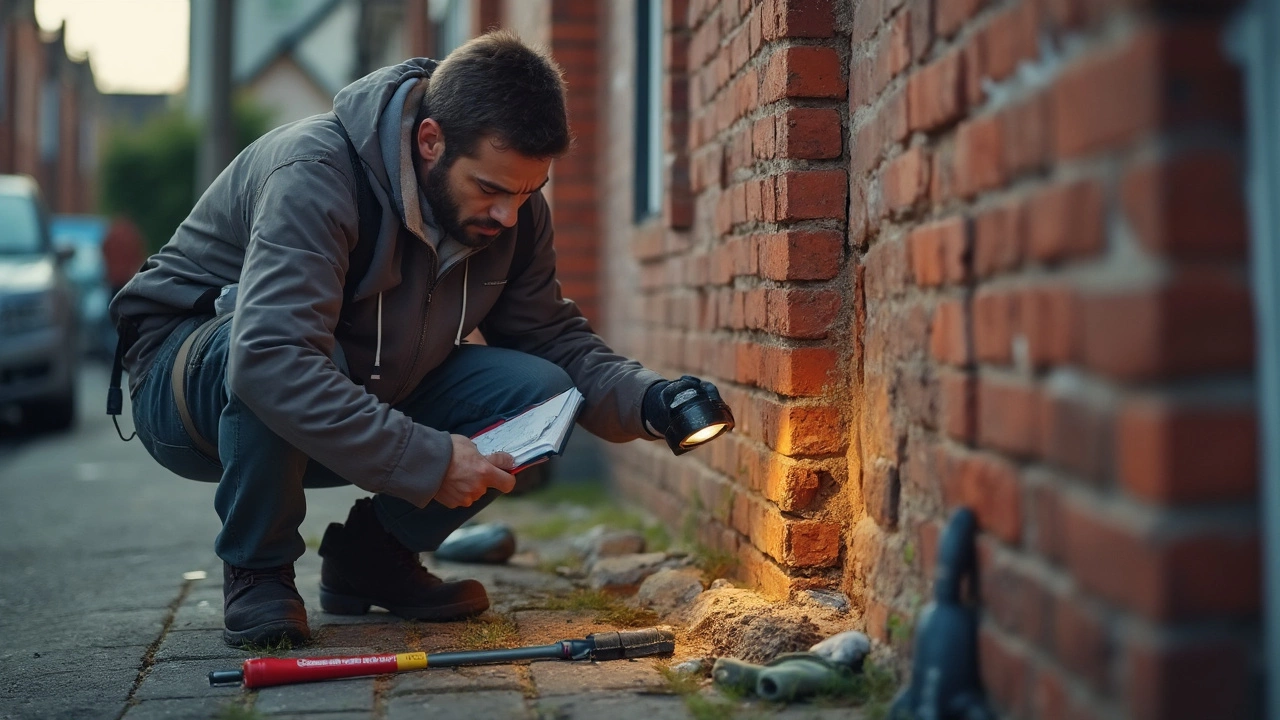Sealant Guide – What It Is, Types & When to Use It
If you’ve ever seen a white bead around a window or a black line in a bathroom, that’s a sealant doing its job. It stops water, air and dust from getting where they shouldn’t. Knowing the basics saves time, money and headaches, especially when you’re fixing a leak or finishing a new build.
Common Sealant Types
There are three sealants you’ll meet most often. Silicone stays flexible, works great on glass, tiles and outdoors, and can handle big temperature changes. Acrylic latex is cheap, easy to paint over, and works well inside on walls and trim, but it can crack if it gets too hot or cold. Polyurethane is the strongest of the bunch – it sticks to wood, metal and concrete and resists wear, but it takes longer to cure and needs a brush or caulking gun.
Some products blend these formulas, giving you the best of two worlds. For example, a silicone‑acrylic mix paints like acrylic but holds up like silicone. When you pick a sealant, match the material you’re sealing and the conditions it will face.
Choosing & Applying Sealant
First, clean the joint. Any old sealant, dust or grease will stop the new product from bonding. A scraper and a bit of rubbing alcohol usually do the trick. Next, cut the tip of the tube at a 45‑degree angle – the smaller the opening, the finer the bead you can lay down.
When you pump the sealant, move the gun steadily so the bead fills the gap evenly. After you’re done, smooth the line with a wet finger or a specialized tool. This pushes the sealant deeper and gives a neat finish. Don’t rush the cure time; most silicone needs 24 hours before it’s fully waterproof.
If you’re sealing a shower, use a mold‑resistant silicone to avoid mildew. For exterior windows, pick a UV‑stable silicone so the sun doesn’t break it down. Inside, acrylic works well on baseboards and trim because you can paint over it later.
One tip many forget: a little back‑pressure helps the sealant push into tight spaces. After you’ve applied the bead, press a thin piece of cardboard or a credit card into the joint, then pull it out. You’ll see a cleaner line and fewer gaps.
Finally, check your work every few months. Small cracks can appear as the house settles. A quick re‑seal keeps drafts out and water from sneaking in, extending the life of your windows, doors and bathroom fixtures.
Sealant isn’t fancy, but it’s a cheap way to protect your home from bigger problems. Pick the right type, prep the surface, apply a smooth bead, and let it cure. You’ll notice the difference the next time rain hits the window or steam fills the shower.

